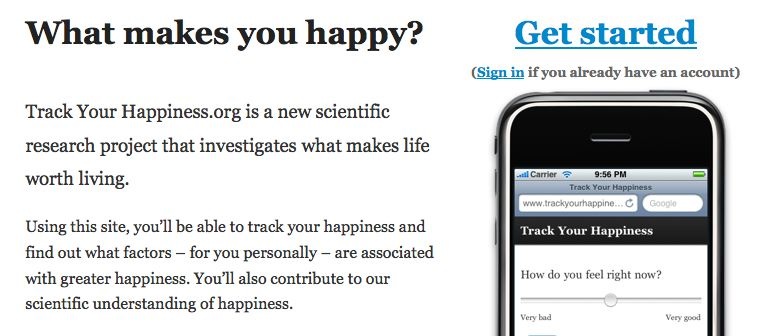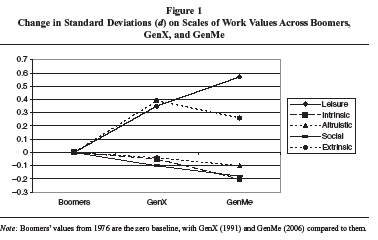 I am often asked by clients and students how cognitive design can be used to improve the effectiveness of coaching. Or more specifically, what findings from cognitive science can help us coach employees in the workplace, patients in healthcare and students in the classroom more effectively?
I am often asked by clients and students how cognitive design can be used to improve the effectiveness of coaching. Or more specifically, what findings from cognitive science can help us coach employees in the workplace, patients in healthcare and students in the classroom more effectively?
These are important questions as coaching programs have sprung up everywhere, are deeply entangled in cognitive needs (intellectual, affective, motivational and volitional) and don’t always produce the outcomes we want.
So I am always on the look out for good scientific studies that have designable insights for improving the coaching process. Take for example, the work at Case Western Reserve University that clearly demonstrates Coaching with Compassion can Light up Human Thoughts. Researchers are using brain scanning to study the neural signatures of different coaching styles and their impacts on outcomes. A key finding:
”Boyatzis, a faculty member at Weatherhead School of Management, and Jack, director of the university’s Brain, Mind and Consciousness Lab, say coaches should seek to arouse a Positive Emotional Attractor (PEA), which causes positive emotion and arouses neuroendocrine systems that stimulate better cognitive functioning and increased perceptual accuracy and openness in the person being coached, taught or advised. Emphasizing weaknesses, flaws, or other shortcomings, or even trying to “fix” the problem for the coached person, has an opposite effect.”
Perhaps not so surprising to folks that are good at coaching. But the fact is we normally coach using a Negative Emotional Attractor by focusing on what is wrong and trying to “fix” the person.
Coaching, according to this study, tends to produce the best outcomes when the person being coached feels inspired and compassion flowing from the person doing the coaching.
“By spending 30 minutes talking about a person’s desired, personal vision, we could light up (activate) the parts of the brain 5-7 days later that are associated with cognitive, perceptual and emotional openness and better functioning,” Boyatzis said.
 You still provide corrective suggestions as a coach but you must do so from a genuine sense of compassion versus critical judgement. Coaching is framed in terms of making changes to achieve the individual’s dreams and ambitions. It is grounded in a caring, empathetic and emotional intelligent interaction between parties. It is not technical compliance with the duties of some formally specified coaching process.
You still provide corrective suggestions as a coach but you must do so from a genuine sense of compassion versus critical judgement. Coaching is framed in terms of making changes to achieve the individual’s dreams and ambitions. It is grounded in a caring, empathetic and emotional intelligent interaction between parties. It is not technical compliance with the duties of some formally specified coaching process.
Our minds open to influence in the presence of an informed, caring voice that has our best interests at heart. Compassionate coaches, just like compassionate leaders, doctors or teachers, will be the most effective in changing how we feel, think and behave.
To tackle coaching from a cognitive design perspective we must first discover, cultivate and unleash compassion for helping others. Without that, what follows will fail to light up our brains.

 Organizations are very interested in the ethical behaviors of leaders, employees, customers, suppliers and everyone in the value chain. Significant time and money is spent on ethics training and programs designed to enhance compliance – often without achieving the desired results.
Organizations are very interested in the ethical behaviors of leaders, employees, customers, suppliers and everyone in the value chain. Significant time and money is spent on ethics training and programs designed to enhance compliance – often without achieving the desired results.











